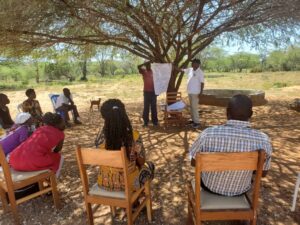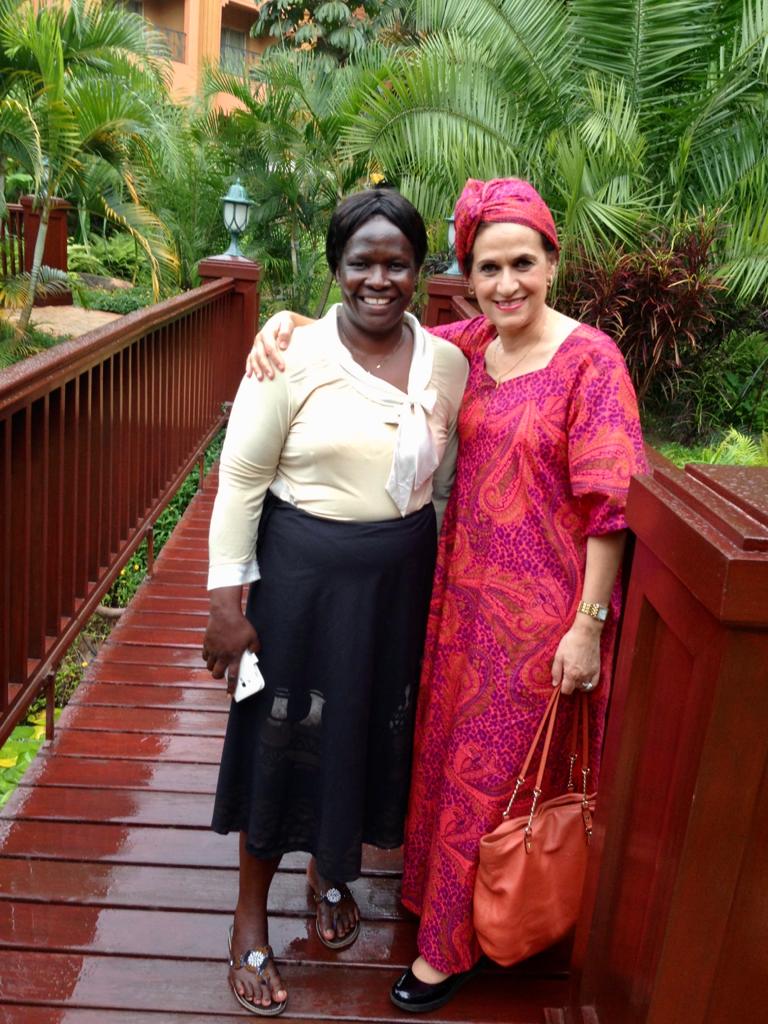WI-HER is a woman-owned small business with roots in Sub-saharan Africa, Asia and the Pacific, Middle East and North Africa, Europe and Eastern Europe, and Latin America. We are a diverse team of professionals committed to enabling people to drive locally led solutions for sustainable development. Since 2011, we have supported our local partners to design and implement contextually appropriate creative and integrated solutions to complex development challenges across 58 countries.





